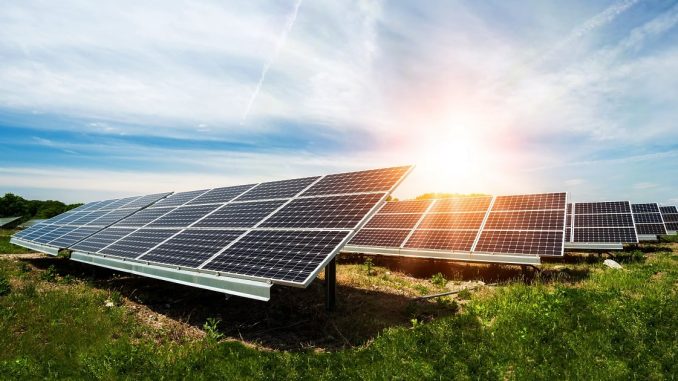
Introduction
In recent years, the global energy landscape has undergone a profound transformation, with a growing emphasis on sustainable and renewable energy sources. The shift towards green energy is driven by a multitude of factors, including environmental concerns, energy security, and economic advantages. This article explores the remarkable rise of green energy and how renewable sources are shaping the future of our planet.
The Environmental Imperative
One of the primary drivers of the green energy revolution is the urgent need to address environmental challenges, particularly climate change. Fossil fuels, such as coal, oil, and natural gas, have been the backbone of our energy infrastructure for centuries. However, their combustion releases greenhouse gases like carbon dioxide into the atmosphere, leading to global warming and its associated consequences.
Renewable energy sources, such as wind, solar, hydroelectric, and geothermal power, offer a cleaner alternative. These sources produce little to no greenhouse gas emissions during energy production, making them a crucial part of the global effort to combat climate change.
Energy Security and Independence
Another significant factor propelling the rise of green energy is the pursuit of energy security and independence. Many nations rely heavily on fossil fuel imports, which can lead to vulnerability in times of geopolitical instability or price fluctuations. Renewable energy, on the other hand, can be harnessed domestically, reducing dependence on foreign energy sources and increasing energy security.
Economic Advantages
The economics of green energy have also played a pivotal role in its ascent. Over the past decade, the cost of renewable energy technologies has plummeted, making them increasingly competitive with fossil fuels. The renewable energy sector has become a substantial driver of economic growth, creating jobs, attracting investments, and reducing energy bills for consumers.
Technological Advancements
Advancements in renewable energy technology have been nothing short of remarkable. Solar panels have become more efficient and affordable, wind turbines have increased in capacity and reliability, and energy storage solutions, such as batteries, have improved significantly. These technological innovations have made it possible to harness renewable energy sources more effectively and reliably.
Government Initiatives and Policies
Government support through incentives, subsidies, and favorable policies has played a crucial role in the rise of green energy. Many countries have set ambitious renewable energy targets and implemented regulations to promote the adoption of clean energy technologies. These policies have accelerated the transition to green energy and provided a framework for sustainable development.
The Integration Challenge
While renewable energy sources offer immense promise, their integration into existing energy grids poses challenges. Solar and wind power, for example, are intermittent sources, meaning they generate electricity when the sun shines or the wind blows. To fully harness their potential, advancements in energy storage, grid infrastructure, and smart grid technologies are essential.
Conclusion
The rise of green energy and the proliferation of renewable sources are transforming the energy landscape. With a strong emphasis on sustainability, energy security, economic advantages, technological advancements, and government support, green energy is shaping the future of energy production. As we continue to invest in and develop renewable energy technologies, we move closer to a world powered by clean, abundant, and sustainable sources, ultimately mitigating the impacts of climate change and securing a brighter future for generations to come.